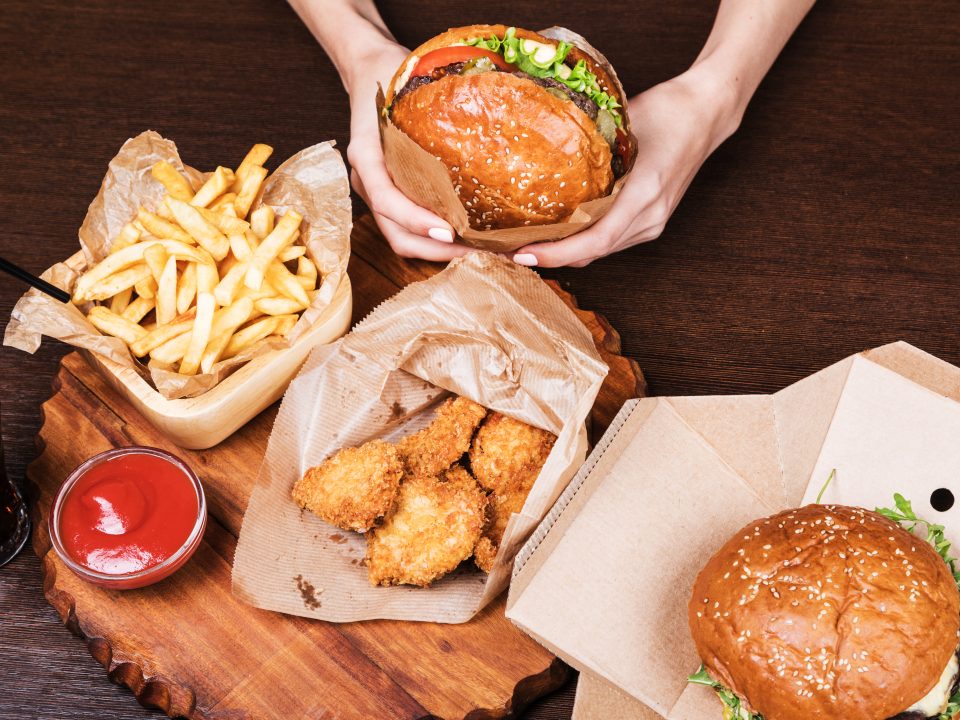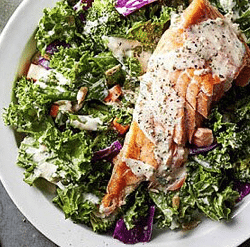Distracted eating
December 13, 2015Alcohol over the holidays
December 13, 2015Cardio, or aerobic exercise, is an incredibly powerful tool for burning energy, losing weight, and also for maintaining your weight once you have reached your goal, or are in a maintenance phase before you start working on achieving your next goal weight. There is however a risk that comes when you decide that cardio is going to be the only form of exercise you choose to participate in.
As cardio is generally light resistance exercises repeated over and over again for a longer duration- such as walking, running, swimming, bike riding, dancing, aerobics- your body is using up energy to fuel these processes. Energy comes initially from easily available sugars (glucose) in your body, and when these are used up, we swap to using stored carbohydrate, fat, and protein. The longer you have been in a calorie deficit- which is a fancy way of saying that you’ve been ingesting less energy than you have been burning off – the less stored carbohydrate and fat will be available to be used as energy.
The problem comes when protein is used as an energy source, as protein is what your muscles are made up of. What we want to avoid is your muscle mass deteriorating too much, as the higher your muscle mass is, the higher your resting metabolism will be. More muscle = you burn off more energy a day doing nothing.
So how can we avoid losing this precious muscle mass? It’s easier than you would think! Ideally, about ten to fifteen minutes of resistance (weight bearing) exercises, three times a week, with a 48 hour gap in between sessions to give your muscles time to repair and build up. The weight you use should be chosen so that when you get to the 10th-12th repetition, it’s feeling very difficult and you would struggle to complete even one more rep. But here’s the most important part- you’ll need an appropriate amount of carbohydrate and protein in the 60-90 minutes after your session to replenish your muscles, and give them the building blocks to repair and grow. And it doesn’t need to be in the form of any intimidating post-workout supplement, although these can sometimes be helpful from a convenience point of view.
Think 250ml of low fat flavoured milk, tuna and crackers, yoghurt and muesli, a fruit smoothie, or a chicken sandwich. You are looking for around 30g of carbohydrate, and 15g of protein as a guide for most of us, although this may vary slightly depending on your body size and shape, and level of physical activity. And just remember to factor this snack into your overall weekly meal plan. A ten minute weights session generally won’t burn off the same calories as what’s in your post-workout snack.





